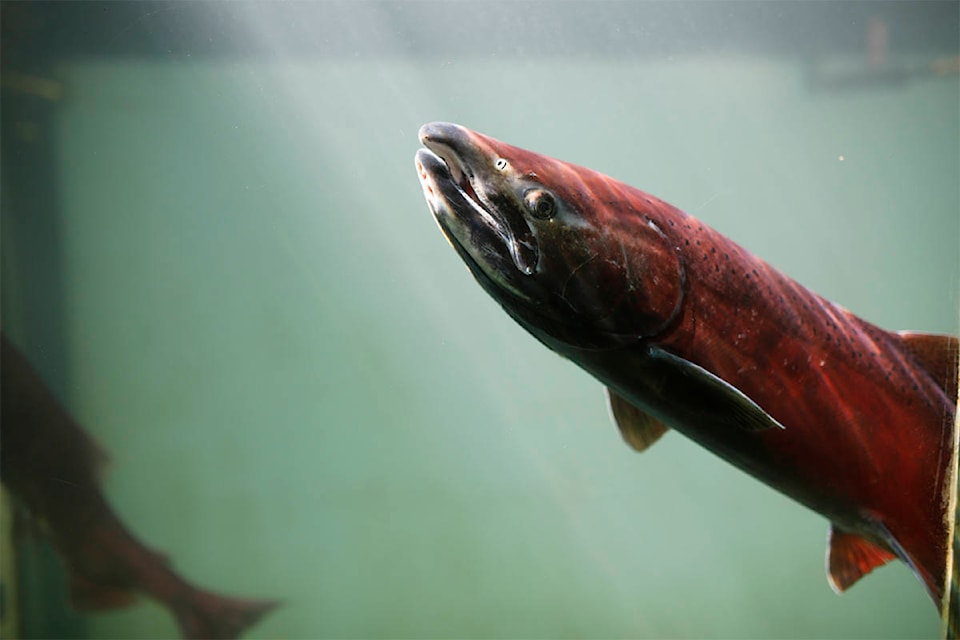All of this year’s chinook salmon run is believed to have entered the Yukon River at this point, with preliminary data suggesting that the number of Canadian-origin fish is on the low end of the pre-season forecast.
According to numbers from the Alaska Department of Fish and Game, the Pilot Station sonar — located on the west coast of the state where the mouth of the Yukon River meets the Bering Sea — has counted about 160,000 chinook entering the river since early June, with what’s believed to be the last group of fish having passed through earlier this week.
Based on preliminary genetic testing, about 71,000 of those fish are believed to be Canadian-origin chinook.
This year’s pre-season forecast had predicted a weak run in the range of 71,000 to 103,000 salmon, a long way from historical numbers that have reached as high as 150,000.
The first chinook salmon crossed into Canadian waters on June 29 via the Porcupine River. On the Yukon River, the Eagle sonar, located near the Alaska-Yukon border, counted its first fish on July 4.
Officials believe about 50 per cent of the run has passed through Eagle, with 26,387 fish counted as of July 24. Chinook are also being logged by sonar stations at Blind Creek, Big Salmon and Pelly. At least one has been spotted at the Whitehorse fish ladder, although no fish have actually passed through yet.
In an interview July 26, Fisheries and Oceans Canada fishery manager Mary Ellen Jarvis said that there’s a high likelihood the run will meet the Canadian spawning escapement target of 48,750. She also said it appears the run is a little later than average in passing through Eagle. Other than that, Jarvis said it’s too early in the season to make further observations.
She added that it’s unclear how many fish will be available for harvest by First Nations, and until more data comes out of the Eagle sonar, many are taking a conservative approach.
Other than First Nations subsistence harvest, no other fishing of chinook is allowed.
In a phone interview from Old Crow, Vuntut Gwitchin First Nation’s (VGFN) fish and wildlife manager Darius Elias said that citizens have been able to harvest roughly 250 chinook so far, and that the issues that plagued last year’s run on the Porcupine River, including low water levels and high water temperatures, have not been an issue.
That number’s better than last year’s harvest of only about 150 fish and as of July 24, the Porcupine sonar had counted 1,526 chinook, already 400 more than the number counted by the station in mid-August last year. However, Elias noted that this year’s numbers are still nowhere near historical runs and harvests.
“The overall trajectory of the chinook salmon run is basically heading in the wrong direction for the last 20 years and the Porcupine River watershed is no exception.… People are using the precautionary principle and just taking as much as they basically need for the winter,” he said.
Elias added that there are “not very many nets in the river” at the moment in order to support conservation efforts, and the ones that are being used have small four- to six-inch mesh sizes, which allows larger females to get through to the spawning grounds.
“Salmon are the biological foundation of river system and we have to respect that and so, at the same time, we have to feed our families a little bit from what we get,” he said.
“It’s a sad state of affairs from when I was a kid because you can’t really put a price or a value on not being able to teach your culture to your children.”
Contact Jackie Hong at jackie.hong@yukon-news.com
